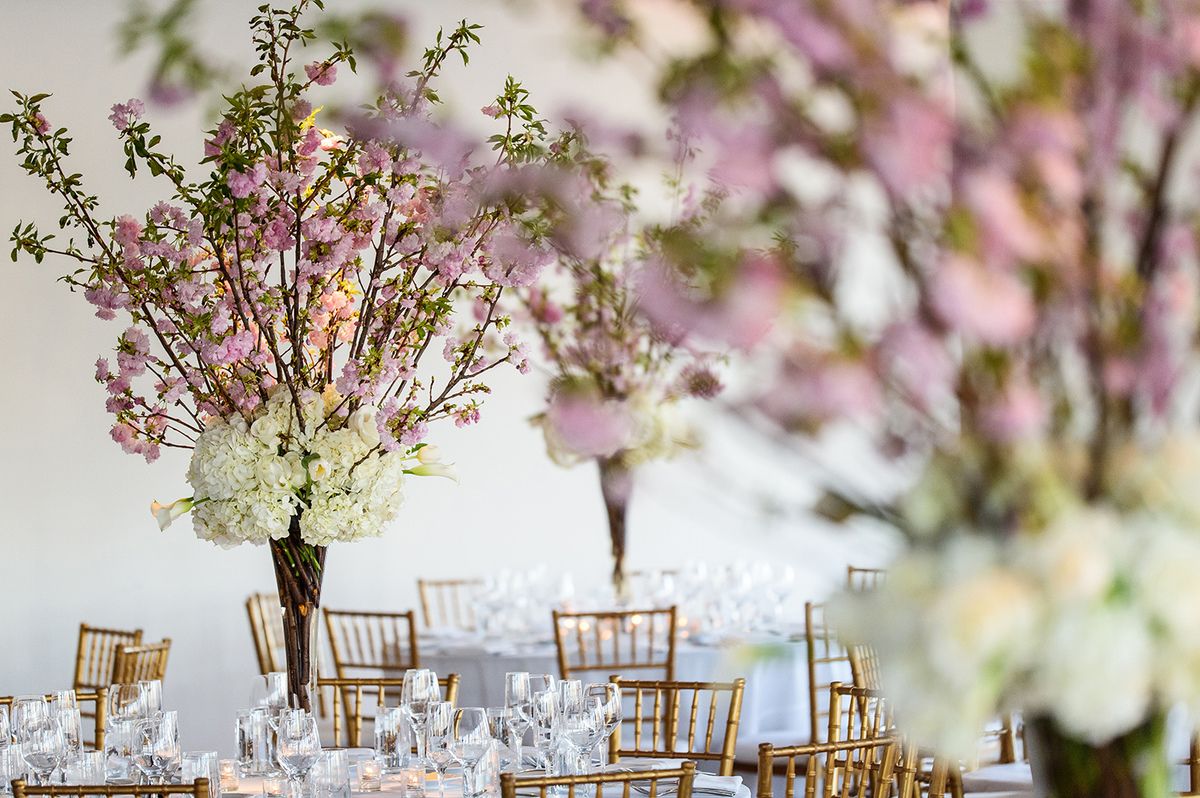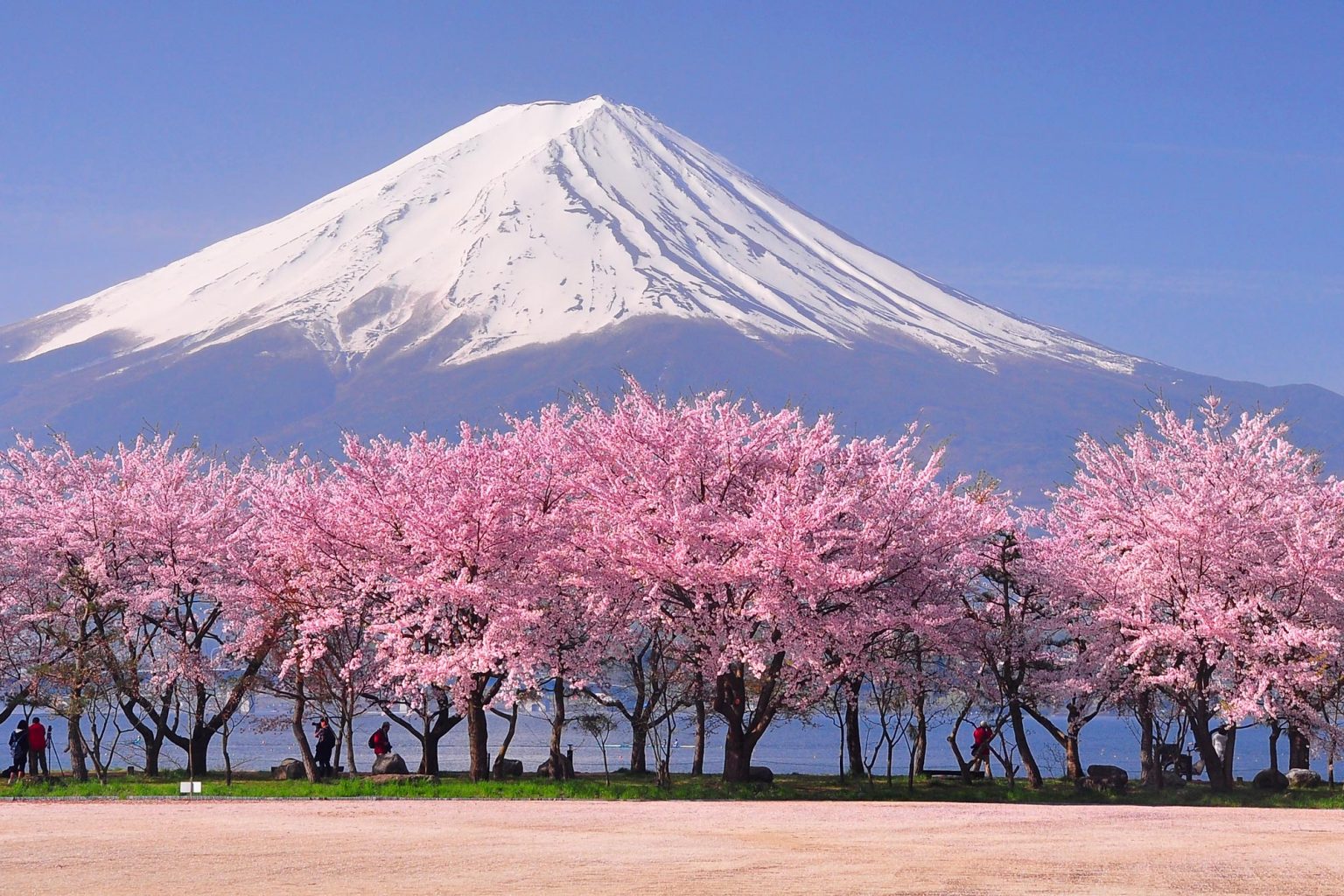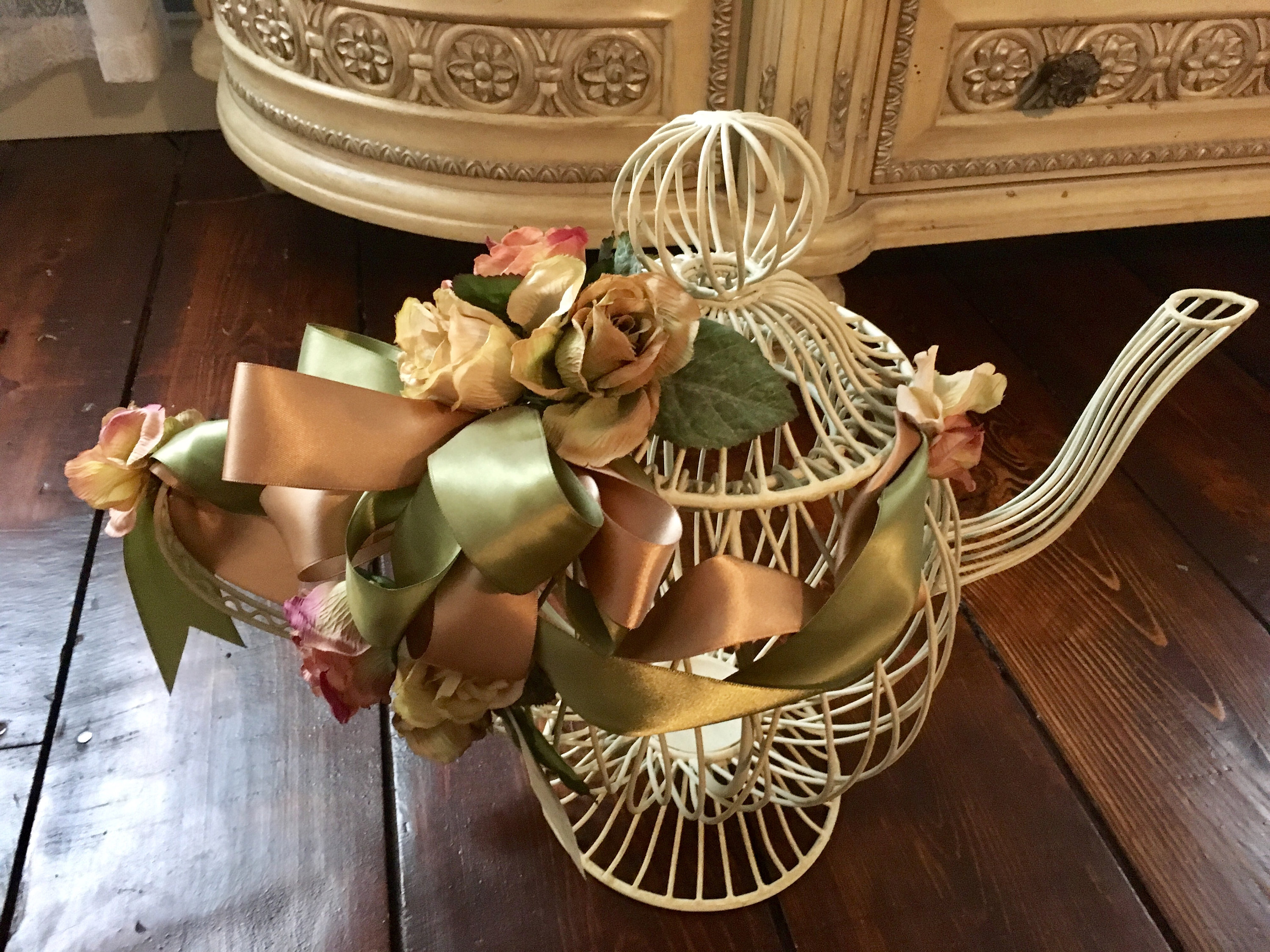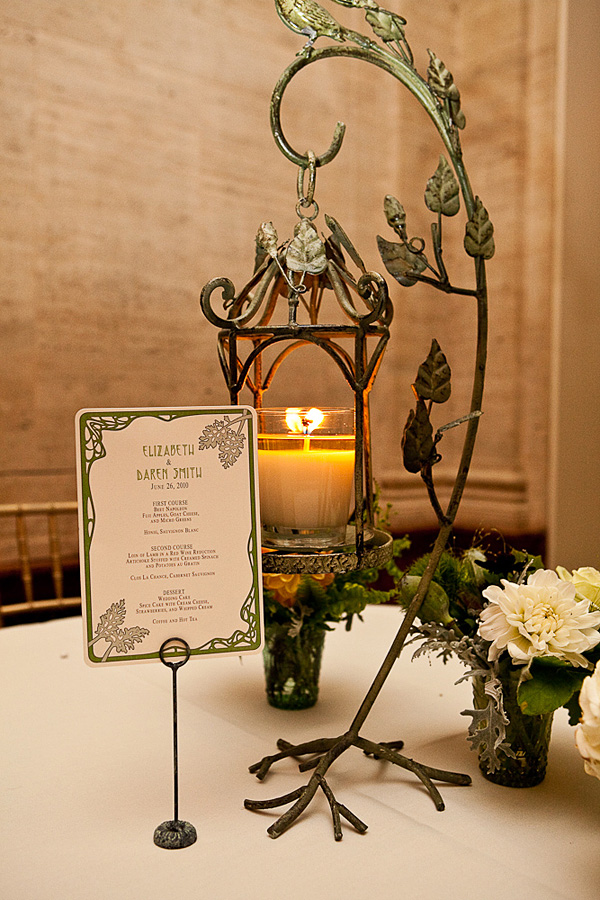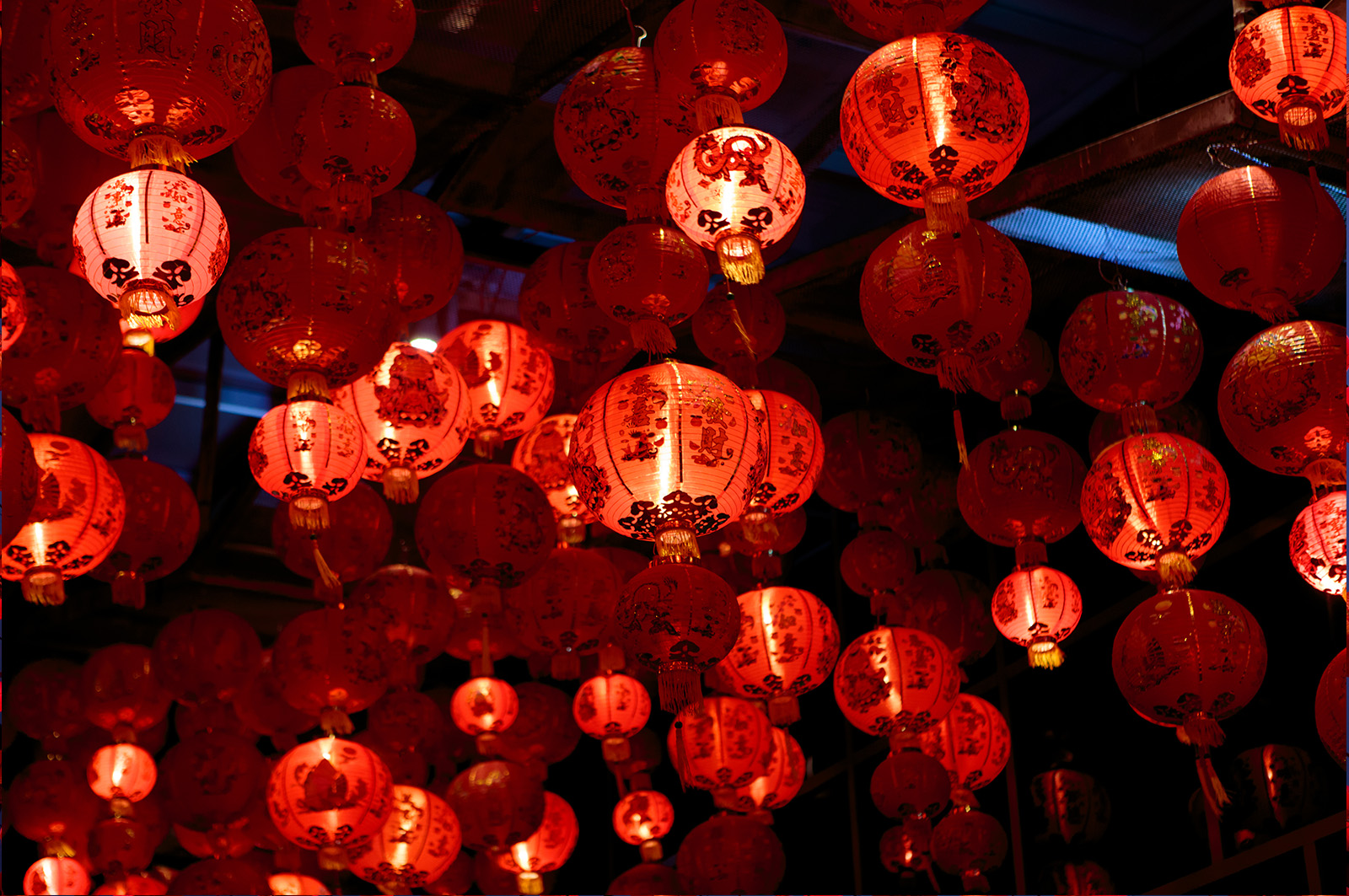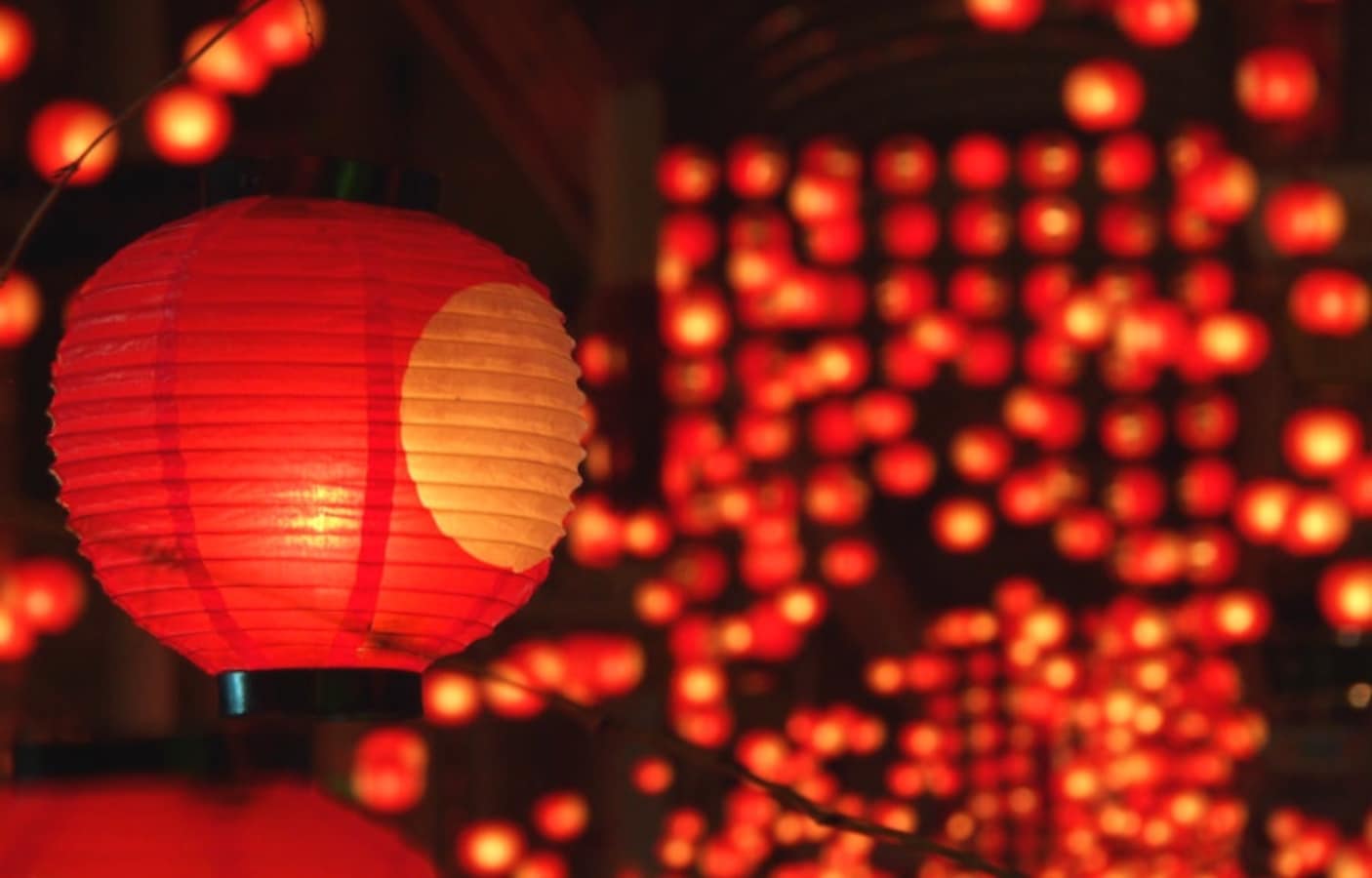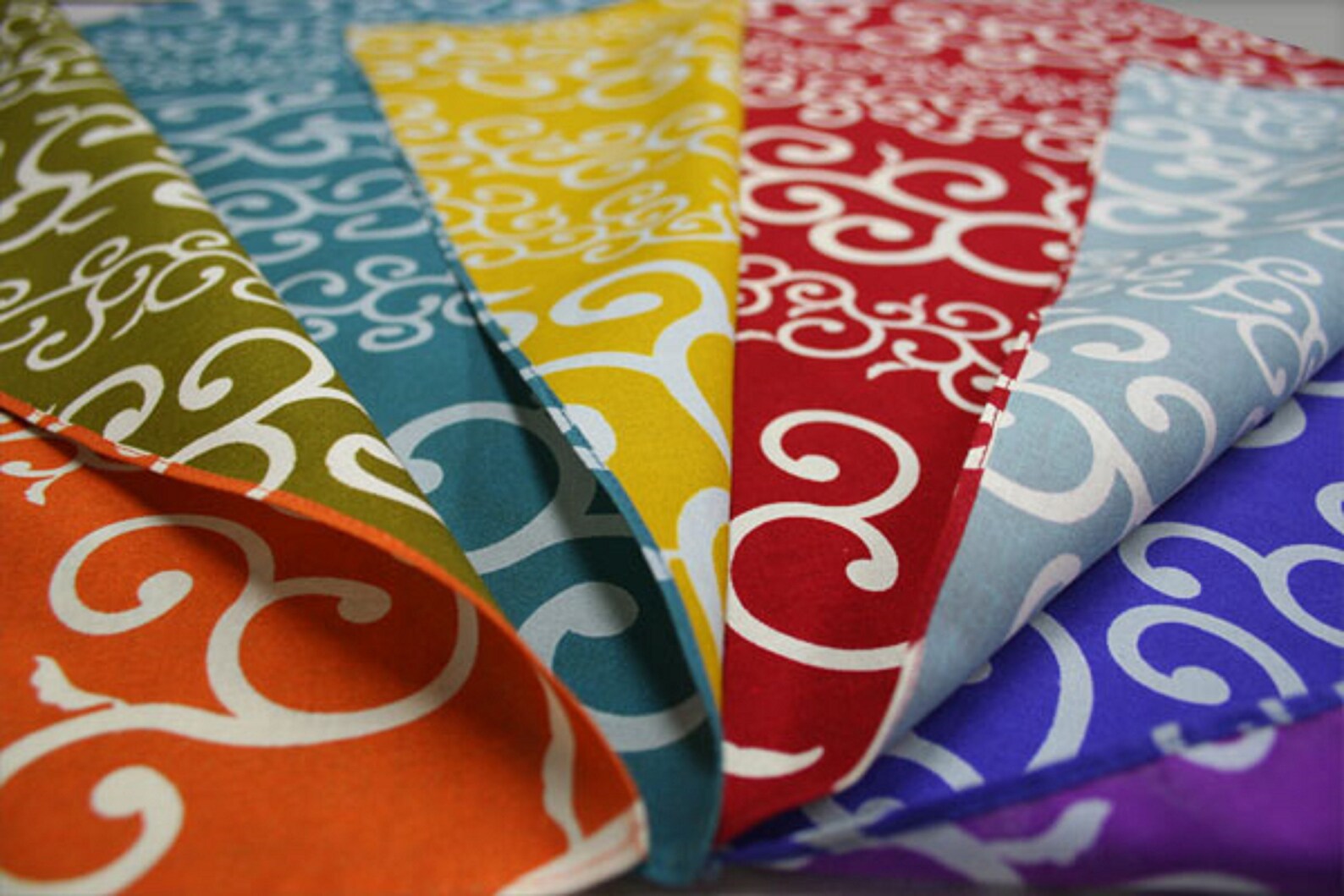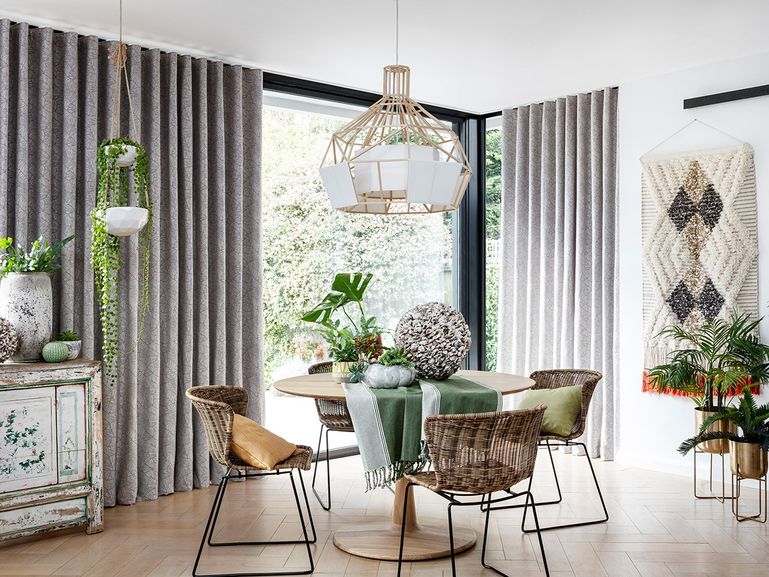Japanese culture is known for its elegance and simplicity, and this is reflected in their home decor, particularly in the Japanese-inspired table centerpiece. With a blend of nature and tradition, these centerpieces bring a sense of tranquility and harmony to any dining table.Japanese-inspired table centerpiece
The traditional Japanese table centerpiece often features elements such as bamboo, wood, and natural materials like river stones and pebbles. These centerpieces are typically designed to mimic the aesthetics of a Japanese garden, with a focus on balance and harmony.Traditional Japanese table centerpiece
In line with the minimalist principles of Japanese design, minimalist Japanese table centerpieces are simple yet striking. These centerpieces often feature a single element, such as a small bonsai tree or a beautiful ceramic vase with a single flower, placed in the center of the table.Minimalist Japanese table centerpiece
Zen gardens, also known as karesansui, are a key element in Japanese culture and are often incorporated into Zen garden centerpieces. These centerpieces typically feature a small tray filled with sand or gravel, with carefully arranged rocks and a small rake for creating patterns. The act of raking the sand is said to bring a sense of calm and mindfulness to the person doing it.Zen garden centerpiece
The art of bonsai, the cultivation of miniature trees, has been practiced in Japan for centuries. It is no surprise that bonsai tree centerpieces are a popular choice for Japanese-inspired table decor. These centerpieces often feature a small, carefully pruned bonsai tree, placed on a simple tray or stand.Bonsai tree centerpiece
Origami, the Japanese art of paper folding, is another popular element in Japanese home decor. Origami paper crane centerpieces are a beautiful and meaningful addition to any table. These centerpieces often feature a collection of paper cranes in various colors, representing peace, good luck, and longevity.Origami paper crane centerpiece
The sakura, or cherry blossom, is a beloved symbol of Japan and is often incorporated into sakura cherry blossom centerpieces. These centerpieces often feature a branch of cherry blossoms placed in a simple vase or arranged in a decorative display. The delicate and fleeting nature of cherry blossoms adds a touch of beauty and impermanence to the table.Sakura cherry blossom centerpiece
The Japanese tea ceremony, also known as chanoyu, is a highly ritualized and traditional practice. A key element of the ceremony is the tea ceremony table centerpiece, which often features a small arrangement of flowers, a tea set, and other items used in the ceremony. These centerpieces add a sense of grace and formality to any dining table.Tea ceremony table centerpiece
In Japanese culture, lanterns are often used to symbolize the impermanence of life and the Buddhist belief in the cycle of death and rebirth. Japanese lantern centerpieces are a stunning addition to any dining table, with their soft glow and intricate designs. These centerpieces often feature a single lantern or a collection of lanterns in various sizes.Japanese lantern centerpiece
Furoshiki is a type of traditional Japanese wrapping cloth that has been used for centuries to transport and wrap items. Furoshiki fabric centerpieces incorporate this traditional material into the table decor, with a cloth laid out as a base for other elements such as flowers or tea sets. These centerpieces add a touch of color and texture to the table while also paying homage to Japanese tradition.Furoshiki fabric centerpiece
Creating a Welcoming and Inviting Japanese Kitchen Table Centerpiece

Bringing Harmony and Balance to Your Kitchen
 When it comes to Japanese kitchen design, creating a sense of harmony and balance is key. This philosophy is reflected in every aspect of Japanese culture, including home design. In order to achieve a truly authentic Japanese kitchen, it's important to pay attention to even the smallest details, such as the
centerpiece
on your kitchen table.
Kitchen table centerpieces
in Japan are not just decorative items, but they serve a purpose in creating a welcoming and inviting atmosphere in the heart of the home.
When it comes to Japanese kitchen design, creating a sense of harmony and balance is key. This philosophy is reflected in every aspect of Japanese culture, including home design. In order to achieve a truly authentic Japanese kitchen, it's important to pay attention to even the smallest details, such as the
centerpiece
on your kitchen table.
Kitchen table centerpieces
in Japan are not just decorative items, but they serve a purpose in creating a welcoming and inviting atmosphere in the heart of the home.
Choosing the Right Elements
 In order to create a traditional Japanese kitchen
centerpiece
, it's important to choose elements that reflect the simplicity and natural beauty of Japanese design. This can include items such as
bonsai trees
, bamboo, or even small ceramic dishes filled with sand and pebbles. These elements should be arranged in a way that creates a sense of balance and symmetry, with a focus on clean lines and minimalism.
In order to create a traditional Japanese kitchen
centerpiece
, it's important to choose elements that reflect the simplicity and natural beauty of Japanese design. This can include items such as
bonsai trees
, bamboo, or even small ceramic dishes filled with sand and pebbles. These elements should be arranged in a way that creates a sense of balance and symmetry, with a focus on clean lines and minimalism.
Incorporating Traditional Japanese Symbols
 Japanese culture is rich in symbolism, and incorporating these symbols into your
centerpiece
can add a deeper meaning to the design. For example, placing a small statue of a
Japanese lucky cat
(also known as Maneki-Neko) in the center of your
kitchen table
can bring good luck and prosperity to your home. Other traditional symbols such as cherry blossoms, cranes, and koi fish can also be incorporated into the design.
Japanese culture is rich in symbolism, and incorporating these symbols into your
centerpiece
can add a deeper meaning to the design. For example, placing a small statue of a
Japanese lucky cat
(also known as Maneki-Neko) in the center of your
kitchen table
can bring good luck and prosperity to your home. Other traditional symbols such as cherry blossoms, cranes, and koi fish can also be incorporated into the design.
Adding a Touch of Nature
 Japanese design is heavily influenced by nature, and this should be reflected in your
centerpiece
as well. Consider incorporating elements such as
fresh flowers
,
branches
, or
leaves
into your arrangement. This will not only add a touch of natural beauty, but it will also bring a sense of tranquility and peace to your kitchen.
Japanese design is heavily influenced by nature, and this should be reflected in your
centerpiece
as well. Consider incorporating elements such as
fresh flowers
,
branches
, or
leaves
into your arrangement. This will not only add a touch of natural beauty, but it will also bring a sense of tranquility and peace to your kitchen.
Keeping it Simple
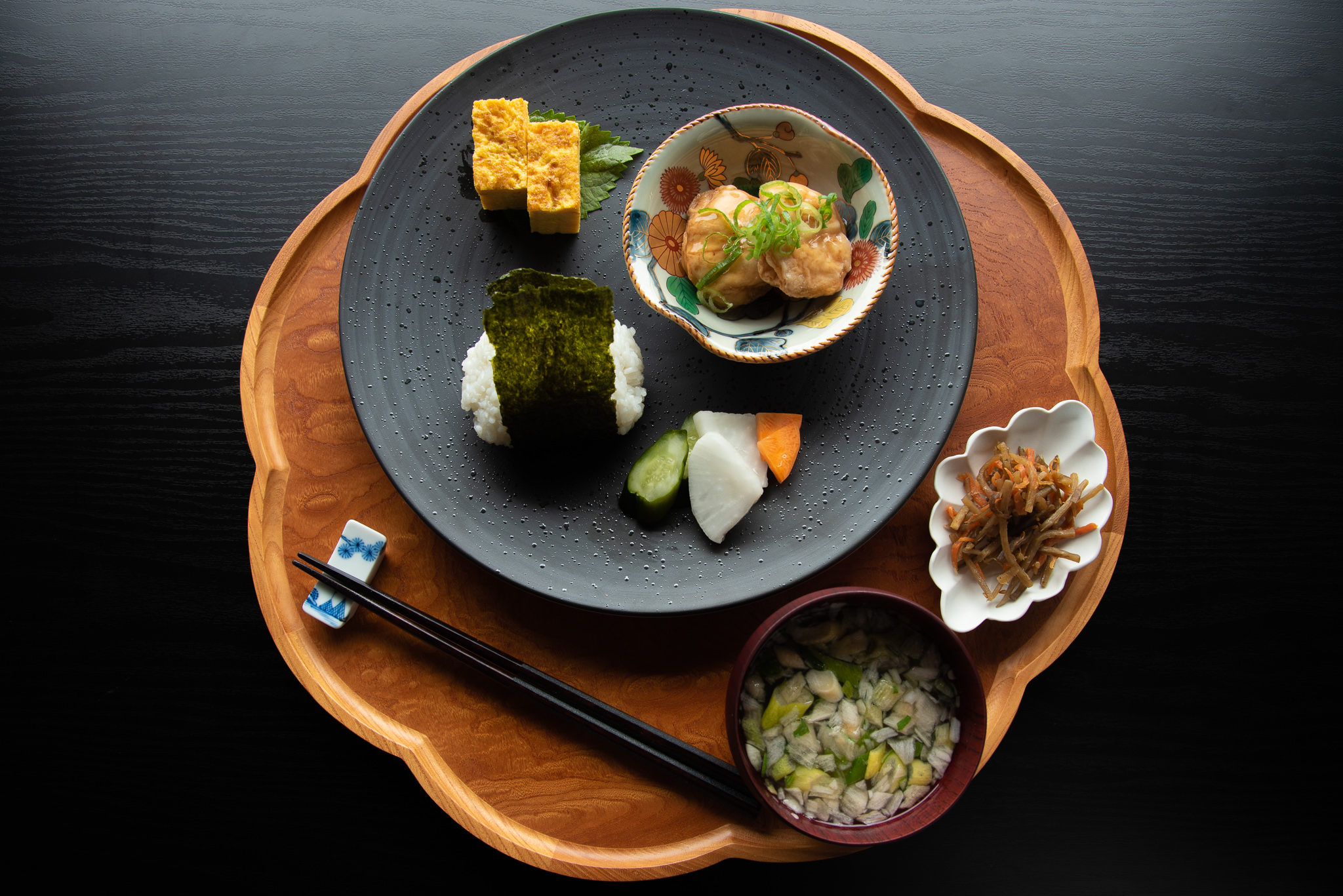 One of the key principles of Japanese design is simplicity. This should be kept in mind when creating your
kitchen table centerpiece
. Avoid cluttering the space with too many items or overly elaborate decorations. Instead, focus on a few key elements that will make a statement and bring balance to the design. Remember, less is often more in Japanese design.
Creating a
Japanese kitchen
that is both functional and visually appealing can be achieved by paying attention to all aspects of design, including the
centerpiece
on your
kitchen table
. By incorporating traditional elements, symbols, and a touch of nature, you can create a
welcoming and inviting
space that reflects the beauty and simplicity of Japanese culture. So why not bring a piece of Japan into your home and create a
centerpiece
that will not only be aesthetically pleasing but also meaningful.
One of the key principles of Japanese design is simplicity. This should be kept in mind when creating your
kitchen table centerpiece
. Avoid cluttering the space with too many items or overly elaborate decorations. Instead, focus on a few key elements that will make a statement and bring balance to the design. Remember, less is often more in Japanese design.
Creating a
Japanese kitchen
that is both functional and visually appealing can be achieved by paying attention to all aspects of design, including the
centerpiece
on your
kitchen table
. By incorporating traditional elements, symbols, and a touch of nature, you can create a
welcoming and inviting
space that reflects the beauty and simplicity of Japanese culture. So why not bring a piece of Japan into your home and create a
centerpiece
that will not only be aesthetically pleasing but also meaningful.



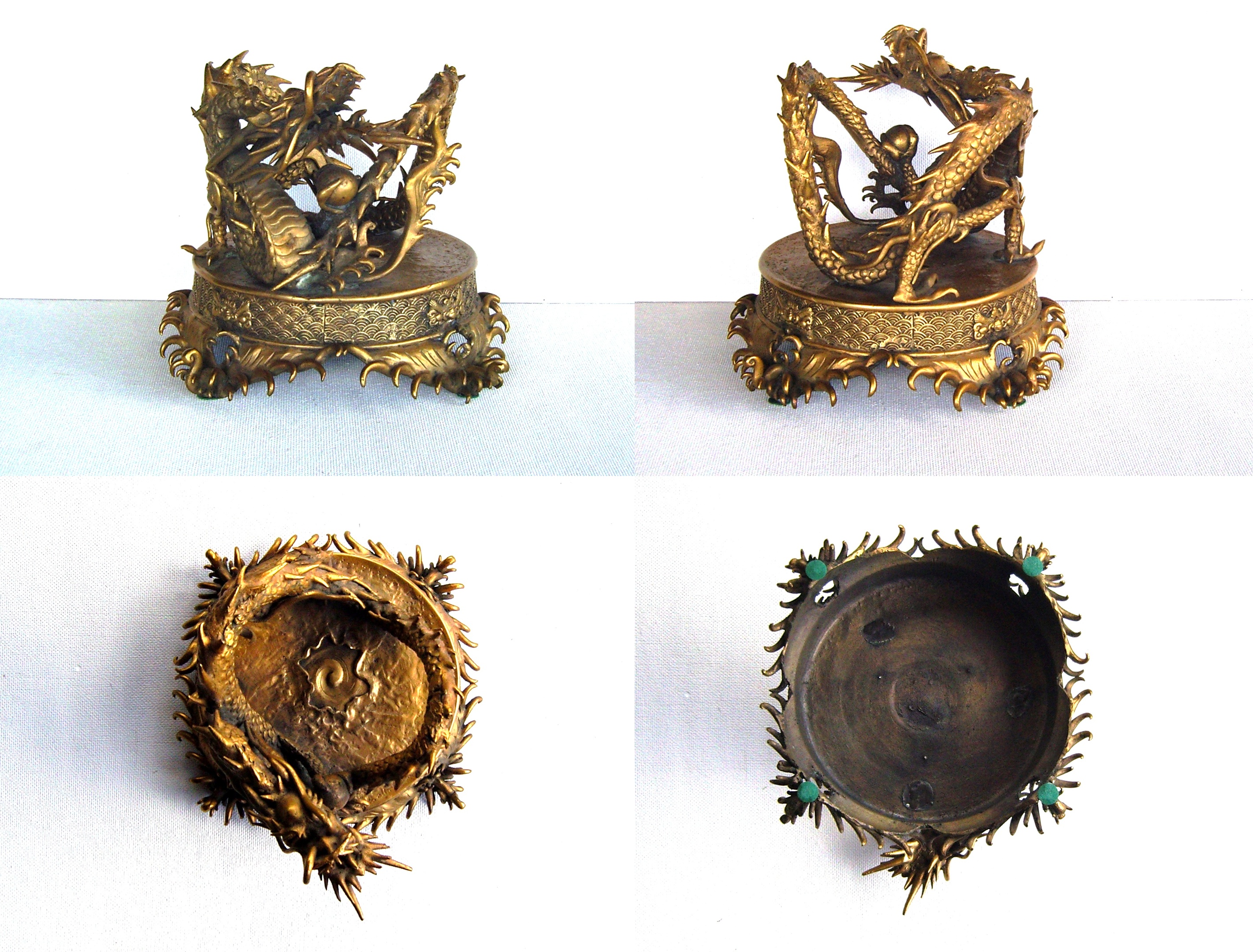










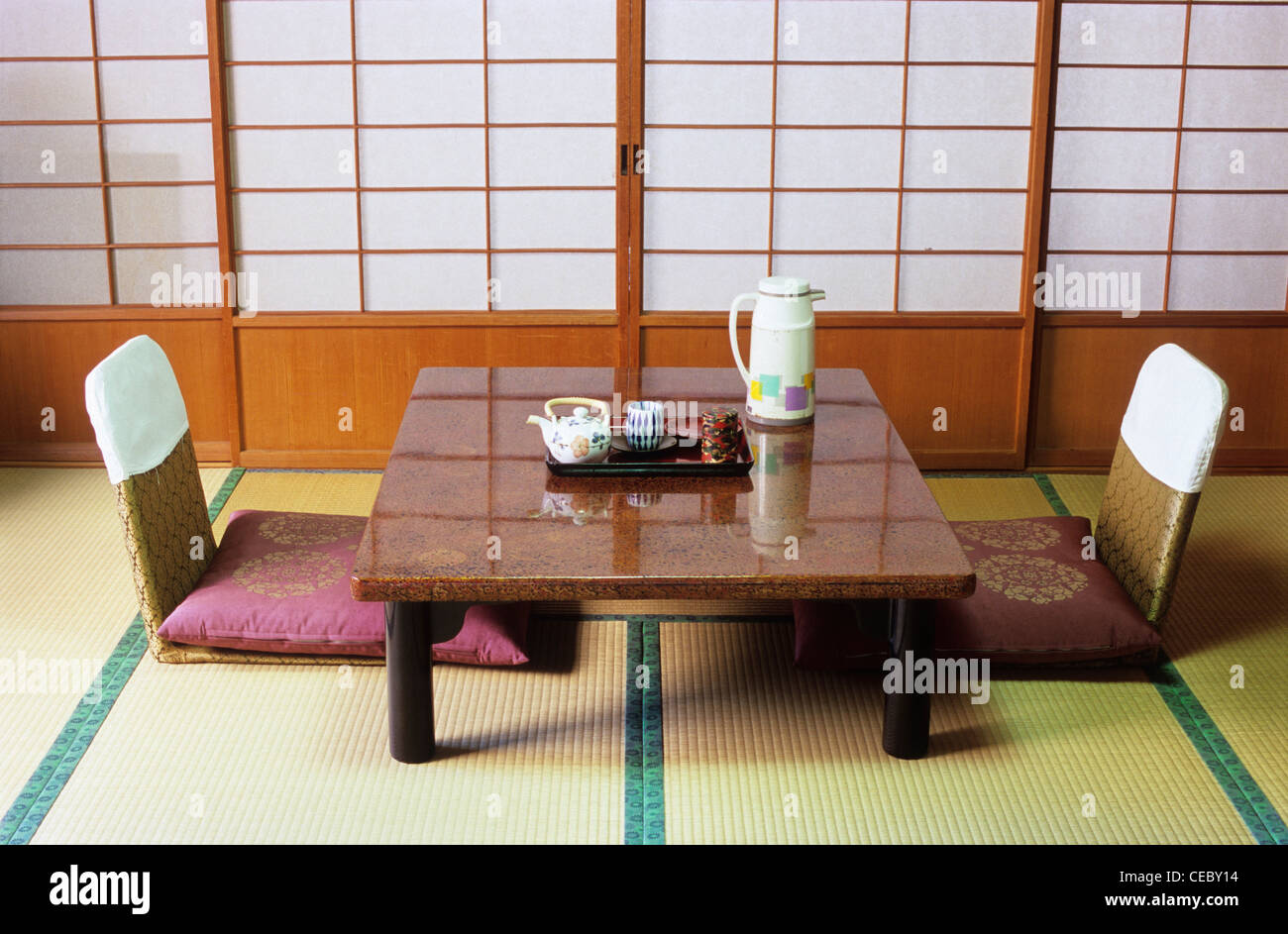

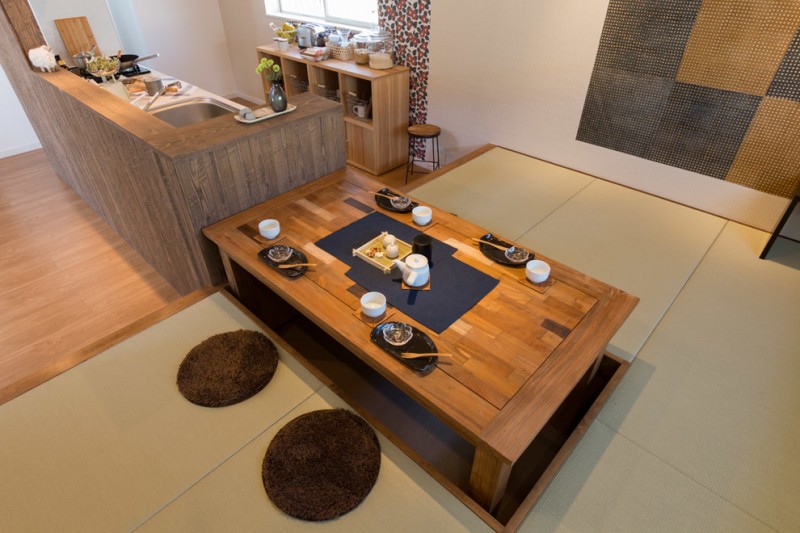




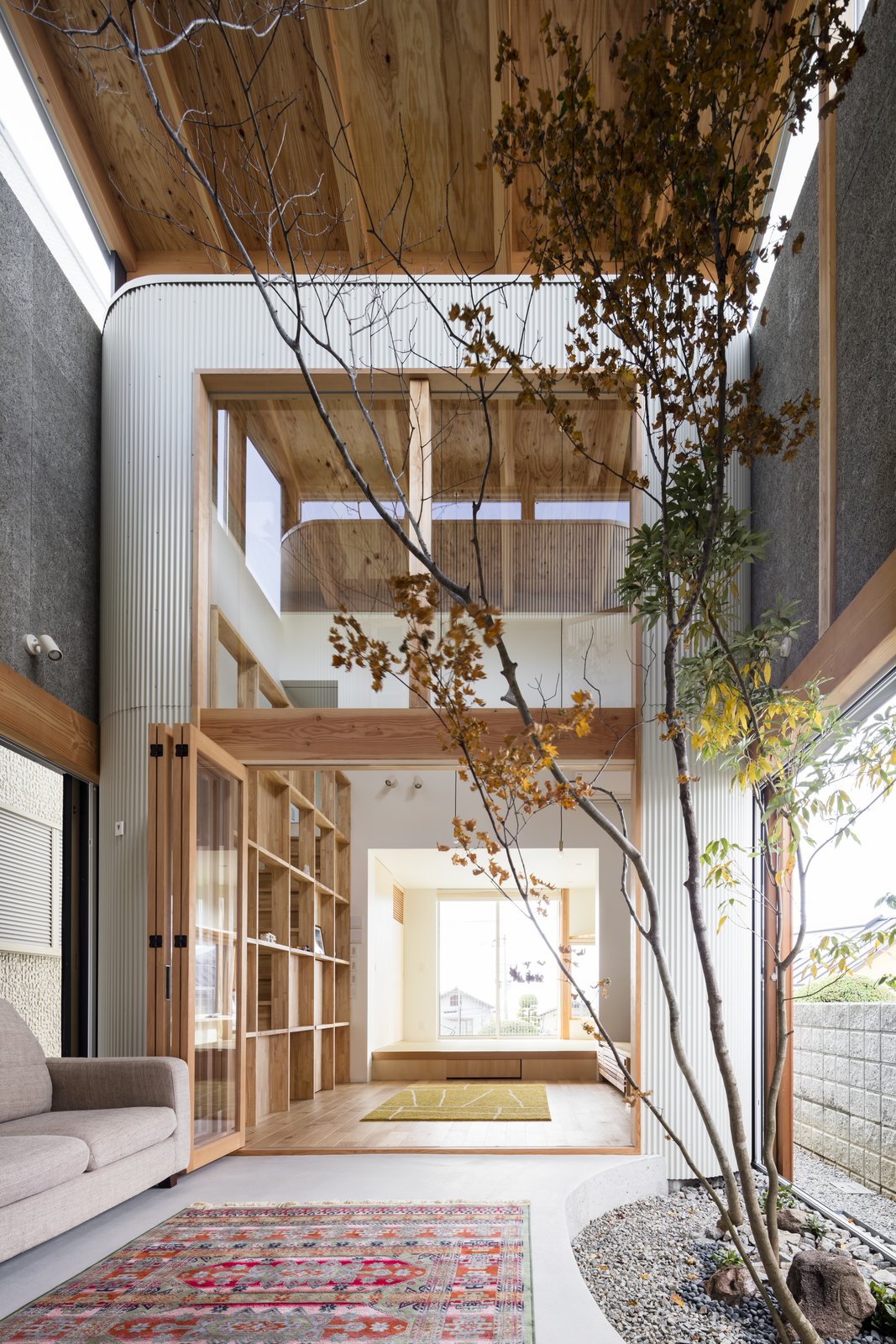

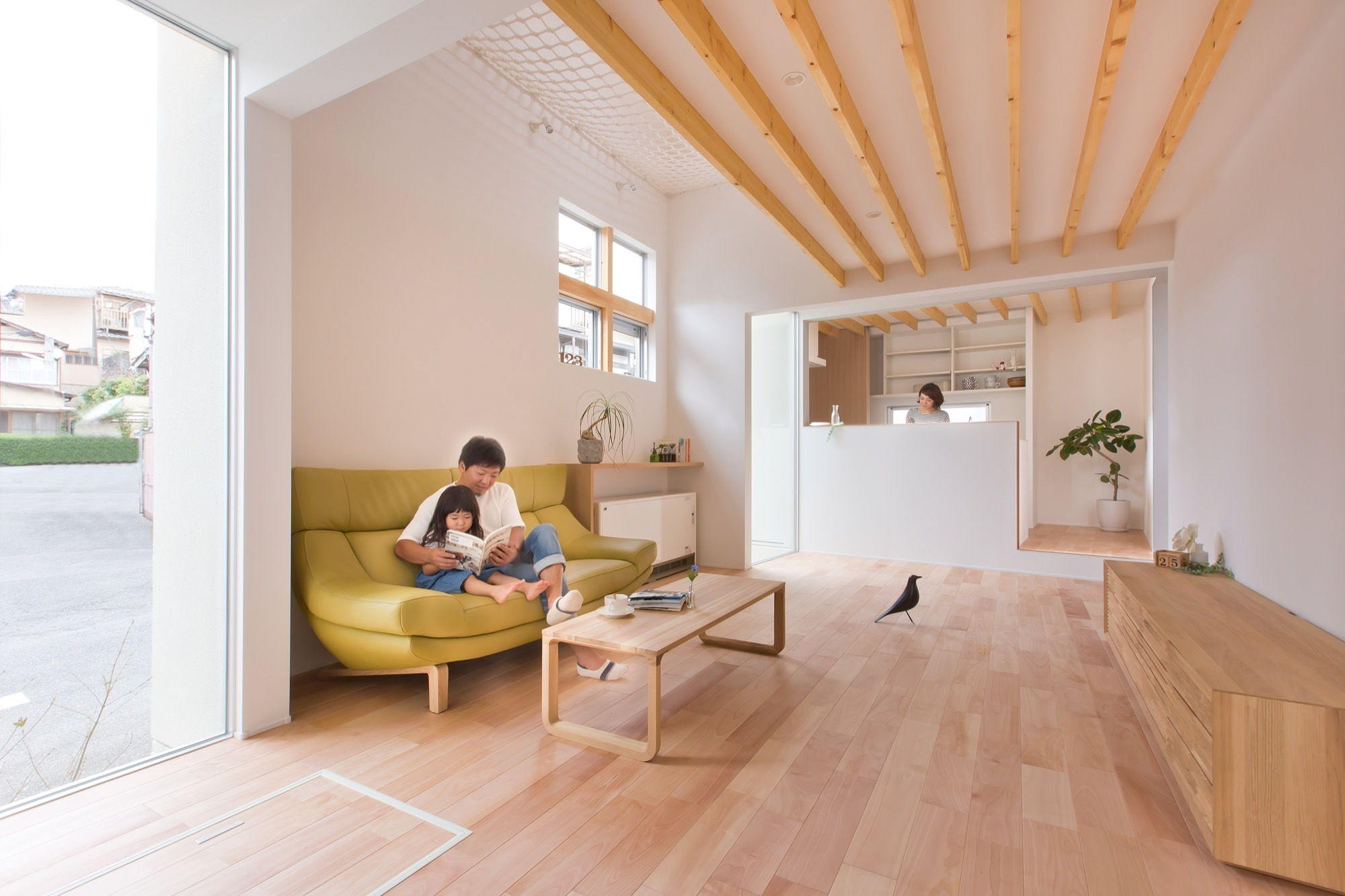








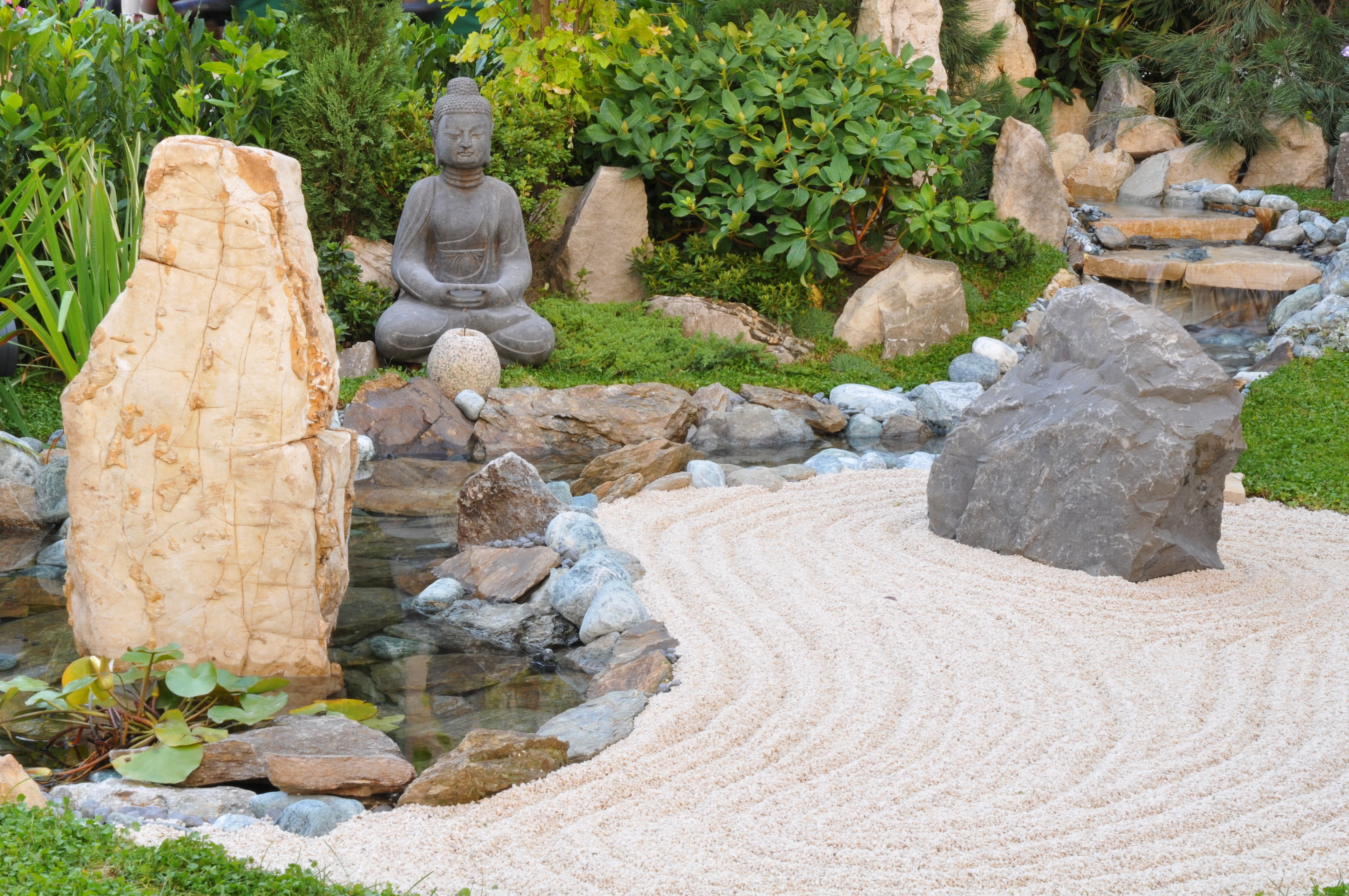








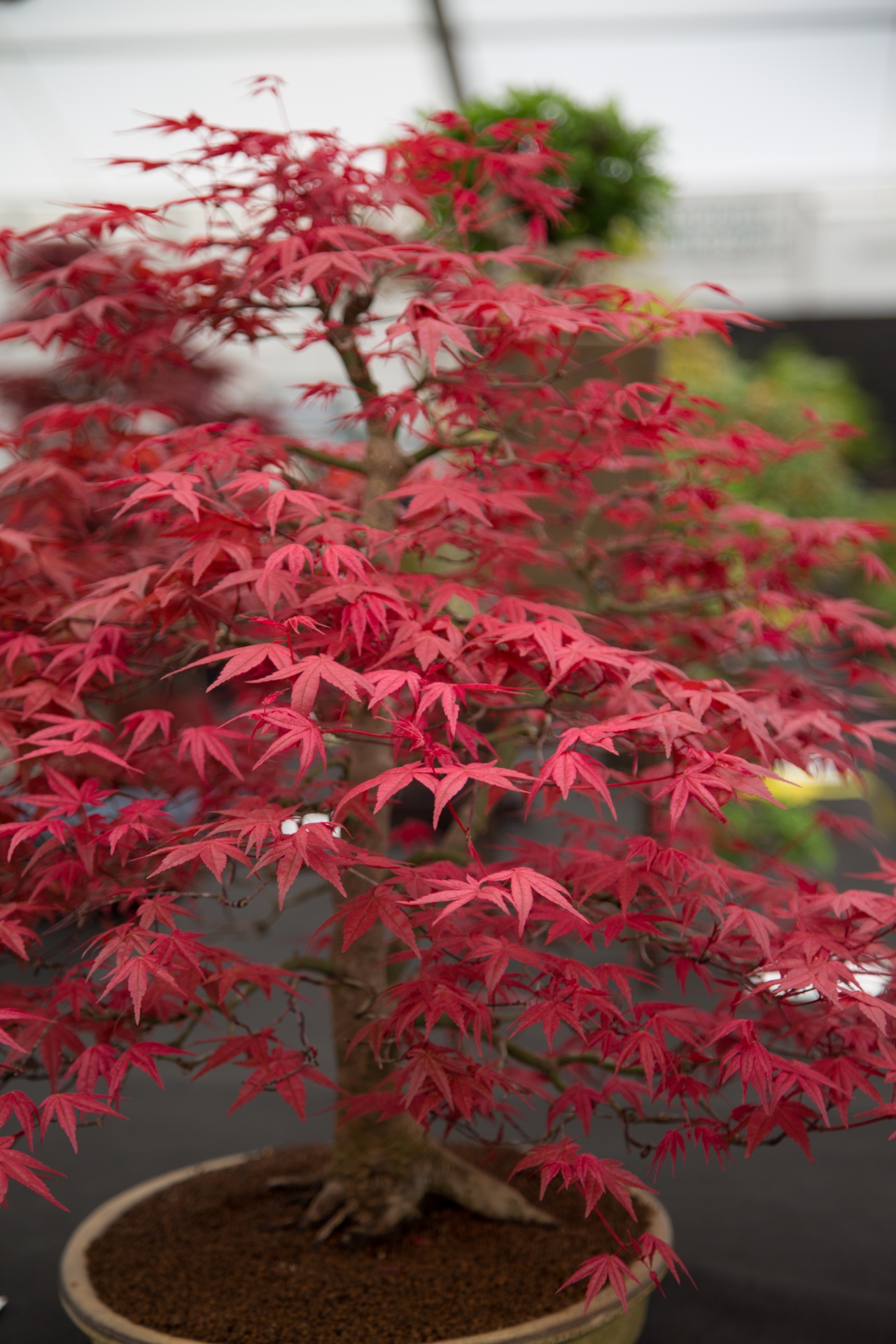

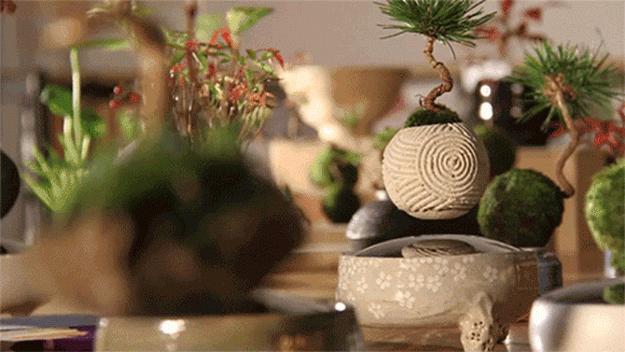
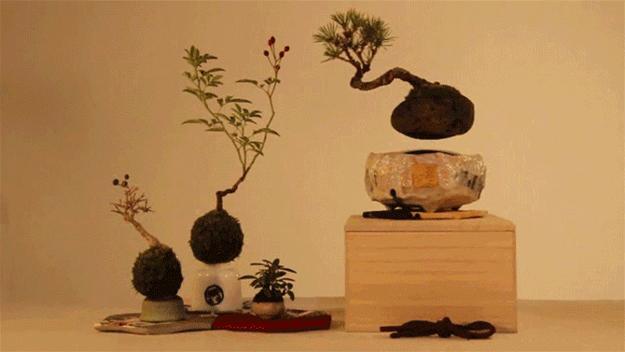





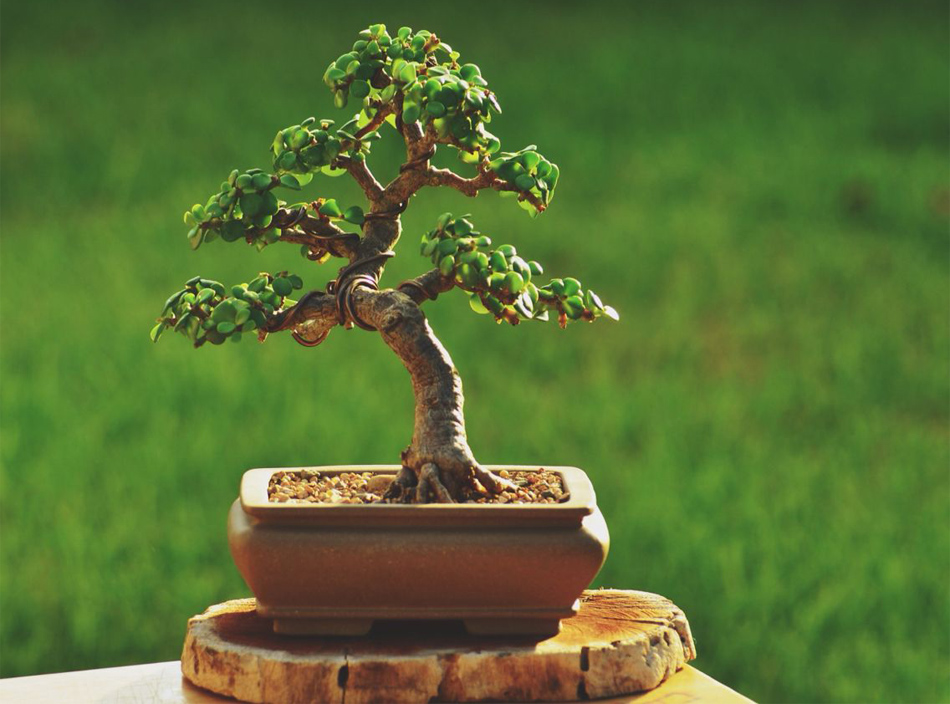
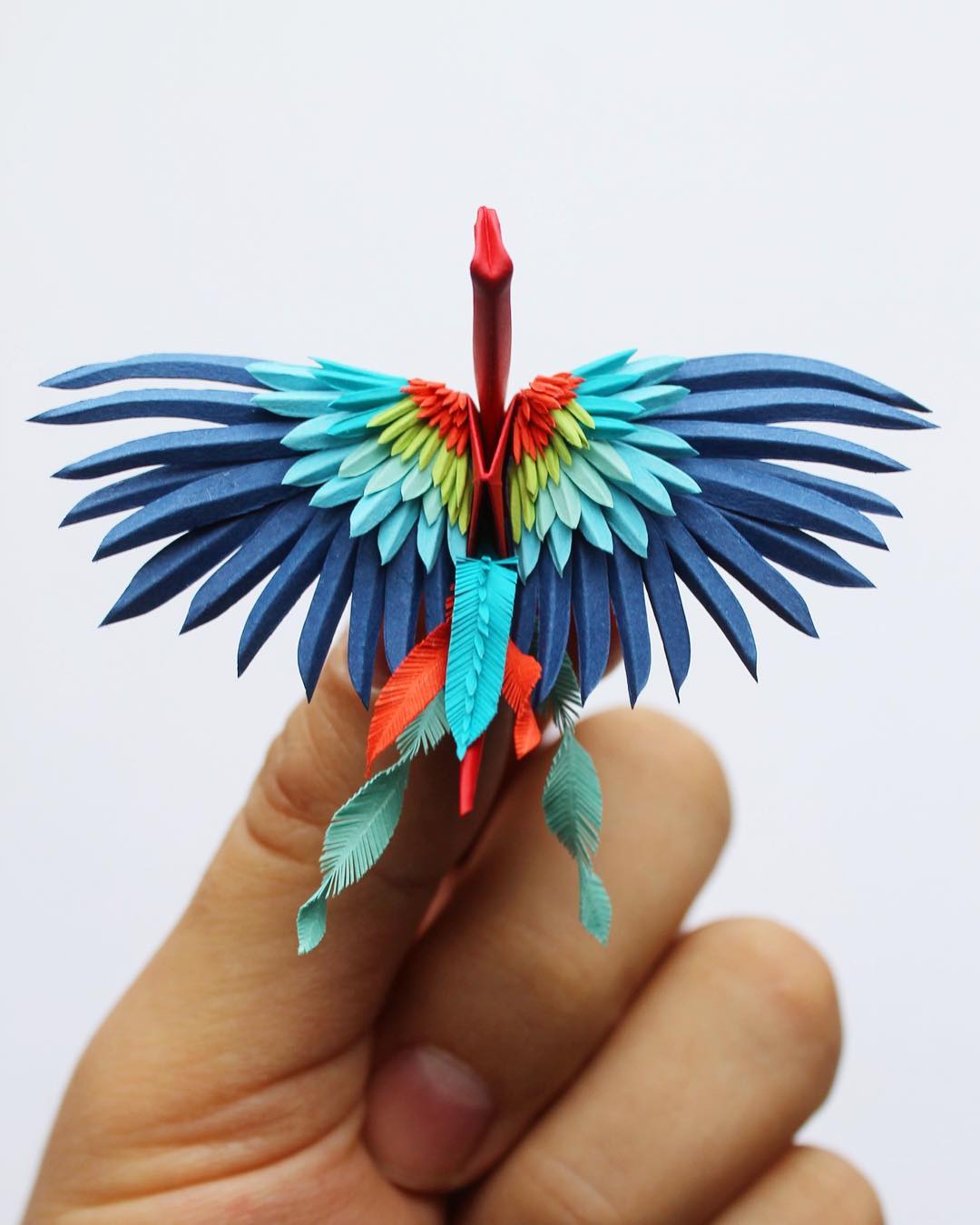

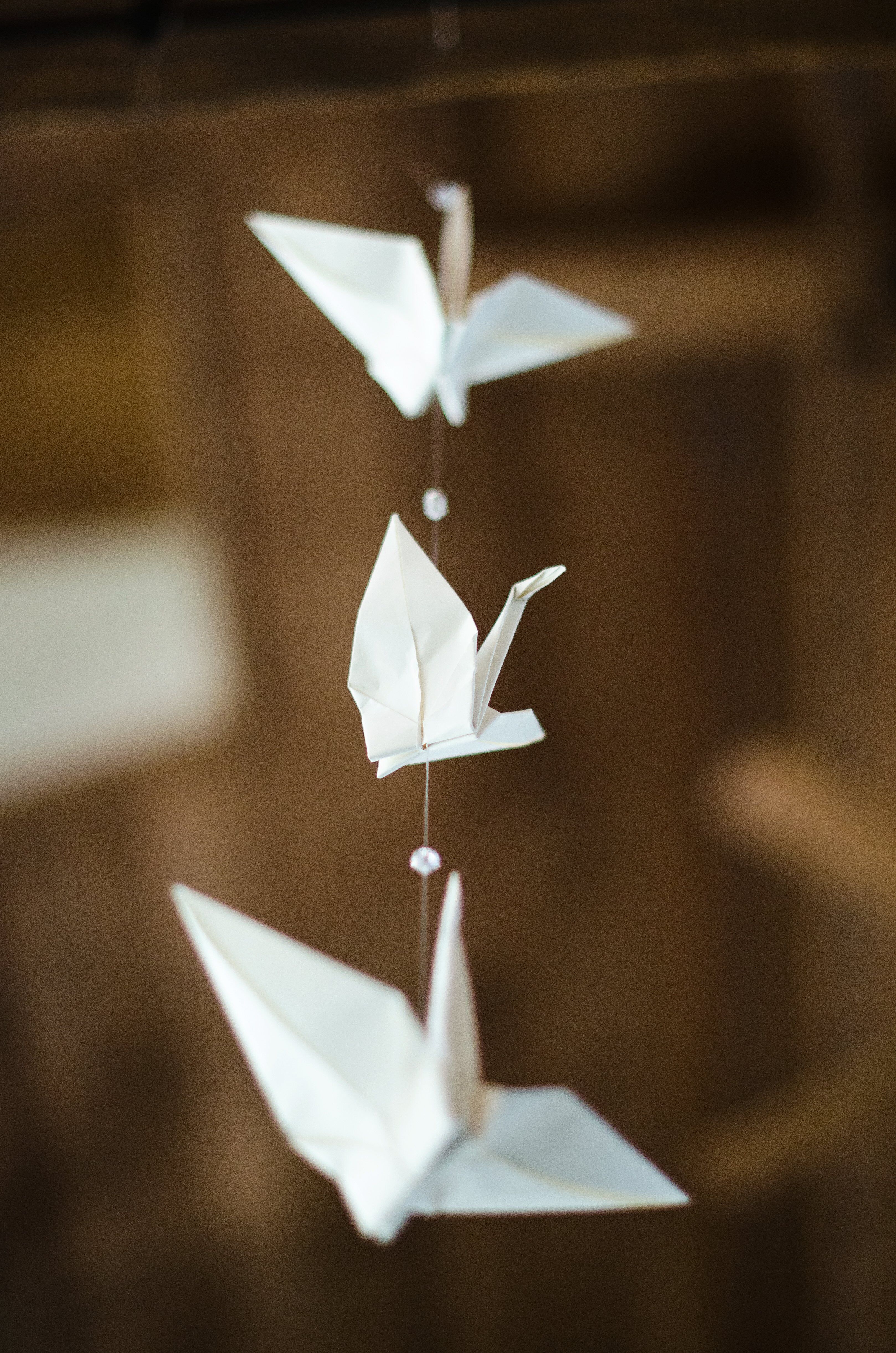


:max_bytes(150000):strip_icc()/paper-cranes-115047652-473a55f598c04bc199c229f838584d9b.jpg)










